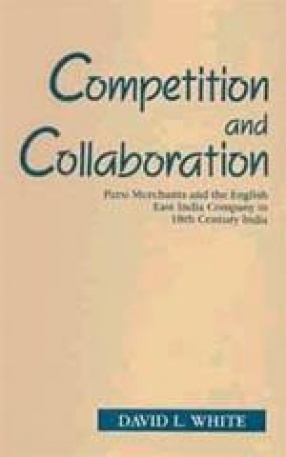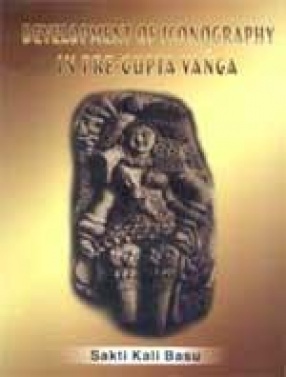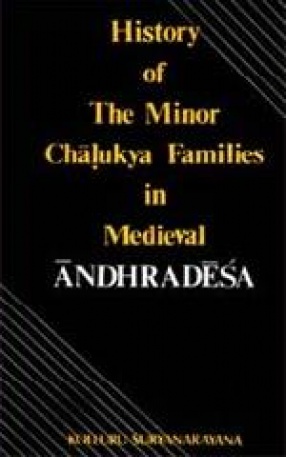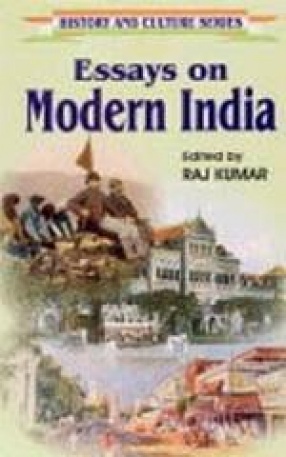Competition and Collaboration traces the Rustum Manock family’s rise to mercantile supremacy and its subsequent decline in the first half of the eighteenth century. The saga begins with Rustum Manock, who utilized his relationship with the English East India Company to increase his commercial connections and wealth, continues through his son Nowros, who became embroiled in a contest with members of the East India Company establishment, and concludes with Nowros’ son, Manock, who lost the family’s leading mercantile role in the face of East India Company opposition. All three generations of this Parsi family drew on connections with East India Company merchants in both their public and private capacity and on the East India Company’s need to employ and Indian intermediary to secure a premier place in 18th century western India’s commercial and social world. Despite constant tensions and rivalries, as long as both European and Parsi needed each other, both groups prospered. However, by the mid-eighteenth century, the East India Company’s military power increased in the face of Mughal decline, with the concomitant result that the East India Company no longer needed an Indian intermediary. Consequently, the Manocks became superfluous and were forced into obscurity.
Astrological Key in Mahabharata
$27.00
$30.00






There are no reviews yet.